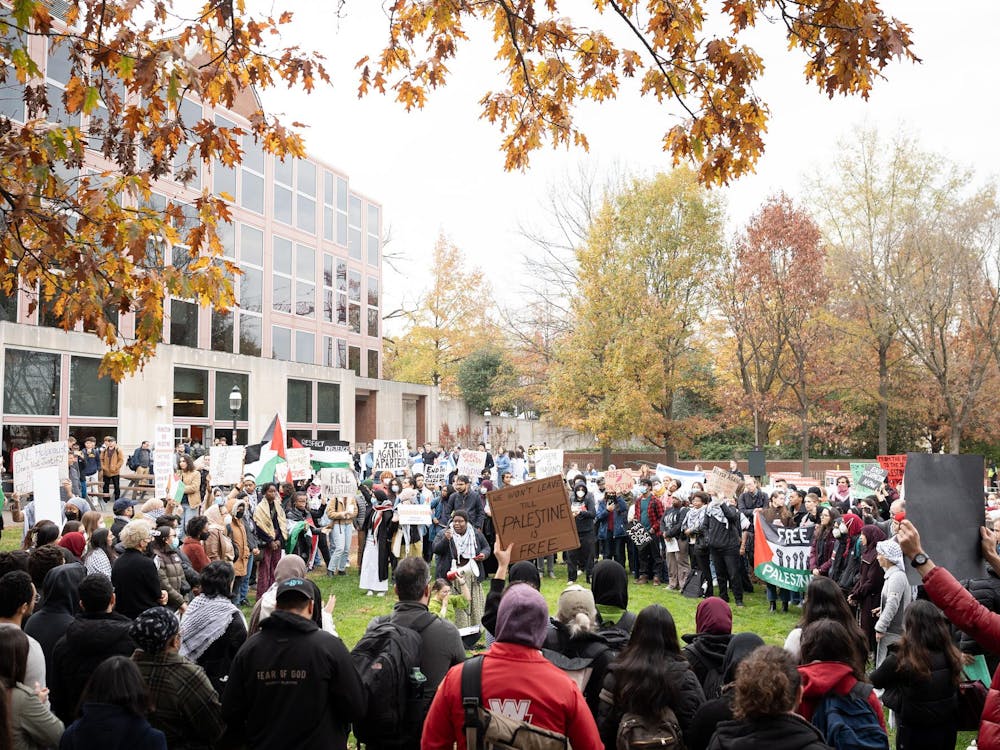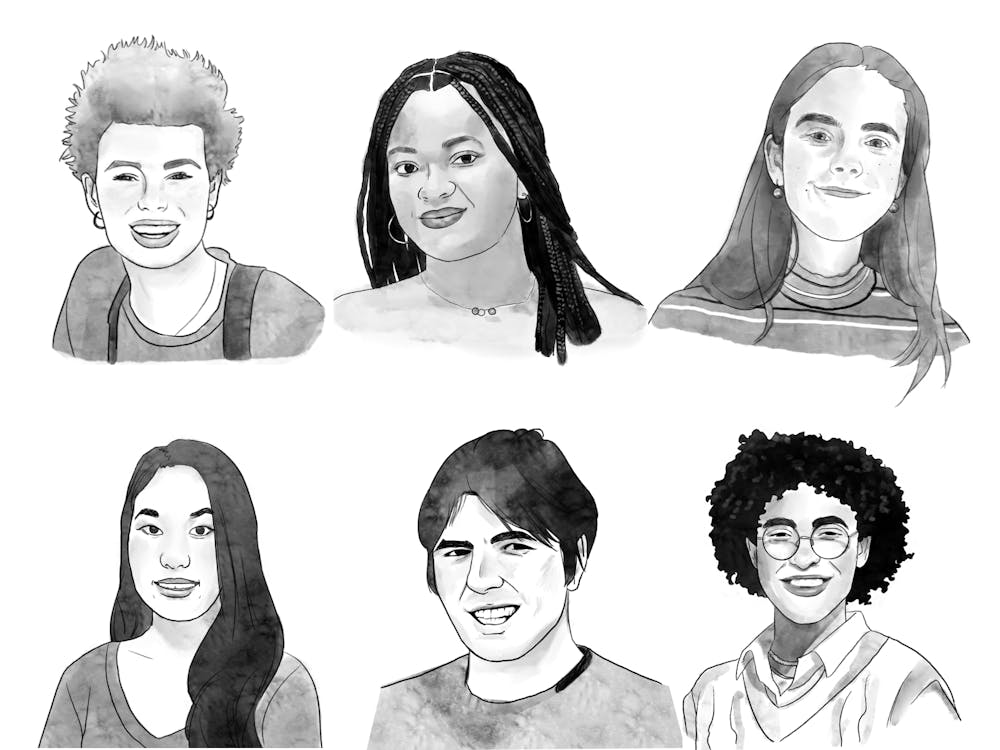During the second Princeton Preview for the Class of 2020, the debate team argued whether affirmative action should be based on race or socioeconomic class. The answer is more nuanced than any one-sided view. The best way to structure affirmative action in college admissions is to consider two things in tandem: ZIP code and race.
The most important thing to consider is that minorities disproportionally live in inner cities. Fifty-two percent of blacks, but only 21 percent of whites, live in inner-cities areas, according to a 2006 article published by the National Housing Institute. Meanwhile, 57 percent of whites live in wealthier suburban regions.
Lower property values in inner-city neighborhoods means less tax revenue to fund schools, and this disproportionally affects black students. Low-income white families, by contrast, tend to live in better neighborhoods than black families who earn a similar amount. So, even if a black family is slightly better off, its children are still more likely to attend an underfunded school. Therein lies the importance of tying affirmative action to ZIP code.
The poor education in inner cities often creates a vicious cycle for low- to mid-income African-American families. Educating African-American children is doubly important because, in order to break the cycle, black children need to do more than just a little bit better than their parents did. They also need to be reinforced with an education that can weather the blows of systematic racism in the workplace. The primary intention of affirmative action has always been to lift up those who have been let down by societal circumstances.
The students in good neighborhoods — regardless of their financial situations — benefit from attending well-funded schools: superior teachers and resources, better standardized testing preparation, and the expectation that most, if not all, students in the high school will be going to college. So, it isn’t the poor whites in good neighborhoods or the wealthy blacks in the suburbs that need help in college admissions — it’s the poor and disproportionatelyblackstudents in underfunded districts that need it.
But admissions officers should not use ZIP code as the only metric for enacting affirmative action. Racial diversity is important for its own sake, if nothing else, and needs to be protected. College campuses are a hotspot for intense, opinionated discourse. It is an incredible thing, and it only happens when smart, young, and different people come together. Eliminate diversity and you potentially eliminate the differing perspectives that make such discourse possible.
Affirmative action through ZIP code and race won’t threaten the admission success of “more qualified” students. Princeton had 29,303 applicants for the Class of 2020. Plenty of the students not admitted would have thrived here.
If a student didn’t take any AP exams because his school didn’t offer any AP classes, he isn’t “less qualified.” In fact, the argument of qualification in this context almost always has its end goal rooted in racism, namely that admission is being taken from a more privileged, successful student and unjustly given to a beneficiary of affirmative action. But such a stance puts too much weight on past accomplishments and does not consider potential. Colleges have a responsibility to admit students that they think will reach the highest level after four more years of education, and it would be wrong to assume that those with the head start that a quality high school provides will automatically end up at the top.
Affirmative action exists in principle to even the playing field between applicants. We ought to remember that race should not be the only metric for determining the beneficiaries of affirmative action. Socioeconomic class also does not cleanly divide those that have received educational opportunities from those that have not.
The solution is the subtle combination of the two. First, look at students coming from poorer ZIP codes that, therefore, have not been afforded the opportunities that they otherwise might have. Then, emphasize racial diversity, because shifting entirely to an income focus could potentially put a college education out of reach for a significant number of African-American children. Perhaps sometime in the future, when suburban areas are inhabited by fair percentages of people of all races, we can revisit the role of affirmative action. But for now, it is still crucial in the quest for educational equality.
Tom Salama is a freshman from Bayonne, New Jersey. He can be reached attsalama@princeton.edu.









